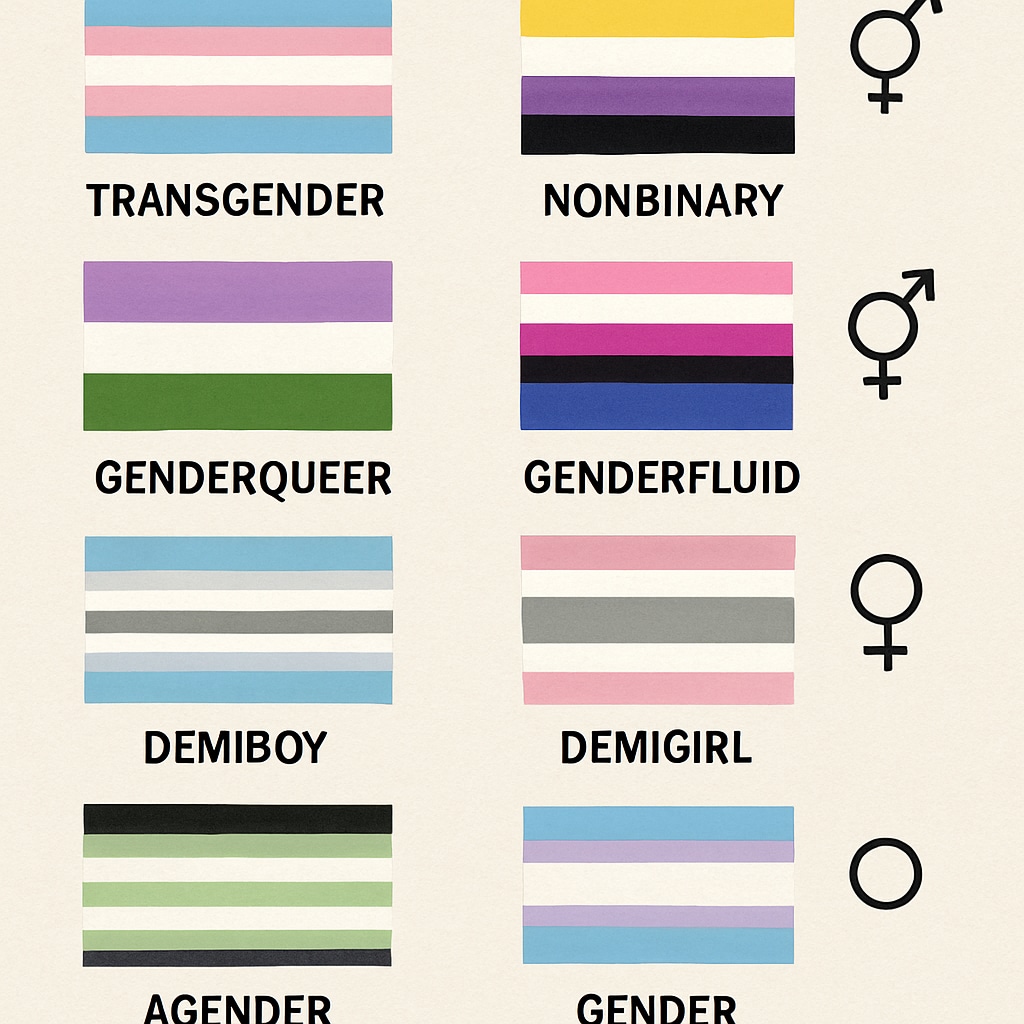Brown University’s recent gender policy change, which aligns with the binary definition of gender as stipulated by an agreement with the Trump administration, has sparked widespread concerns among students, educators, and activists. This policy shift is seen as a step backward in fostering an inclusive and equitable environment for all students, particularly transgender individuals. As the campus adjusts to this significant change, many are questioning its implications on the safety, identity, and daily lives of transgender students.

How Gender Policy Changes Are Affecting Transgender Students
The policy change at Brown University, which formally defines gender as binary, has introduced considerable challenges for transgender students. For many, this restrictive definition undermines their identity, creating feelings of alienation and exclusion. While the university previously promoted inclusive practices, this new approach has raised concerns about whether transgender students can feel safe and respected in their academic environment.
For example, policies regarding restroom access and gender identity on official records have become increasingly rigid. This creates logistical and emotional barriers for transgender students attempting to navigate campus life. In addition, the lack of institutional support may exacerbate mental health challenges, as students face heightened discrimination and marginalization.
The Broader Implications of Gender Binary Policies
The decision to adopt a binary understanding of gender resonates beyond Brown University’s campus. It reflects a broader societal debate over the recognition and rights of transgender individuals. Educational institutions, as spaces of learning and growth, play a critical role in shaping societal norms and values. Policies like these may indirectly influence other universities to adopt similar stances, potentially limiting progress toward inclusivity nationwide.
Furthermore, experts argue that such policies contradict the increasing body of scientific research supporting the complexity of gender identity. Resources such as the Wikipedia article on non-binary gender and studies from reputable organizations highlight the spectrum of gender experiences, urging institutions to move beyond outdated definitions.

Advocating for Inclusive Educational Environments
Despite the challenges posed by Brown University’s policy shift, many students, faculty members, and advocacy groups are working tirelessly to promote inclusivity. Initiatives such as student-led organizations and support networks aim to foster safe spaces for transgender individuals. These efforts highlight the resilience of marginalized communities in the face of adversity.
Moreover, calls for policy revision are gaining traction. Activists are urging Brown University to reconsider its stance and adopt measures aligned with the principles of equity and diversity. For instance, examples from other institutions that have successfully implemented gender-inclusive policies, such as Britannica’s overview of LGBT rights in education, serve as valuable models for change.
Conclusion: Moving Toward Equity and Inclusion
The gender policy change at Brown University has sparked essential conversations about the role of educational institutions in supporting marginalized communities. While the immediate impact on transgender students is concerning, it also presents an opportunity for reflection and advocacy. By addressing these challenges head-on, universities can reaffirm their commitment to fostering environments where every student feels valued and respected.
Ultimately, the path forward involves balancing academic excellence with robust inclusivity measures. It is imperative for Brown University and similar institutions to prioritize the well-being of all students while contributing positively to the broader social dialogue on gender identity.


